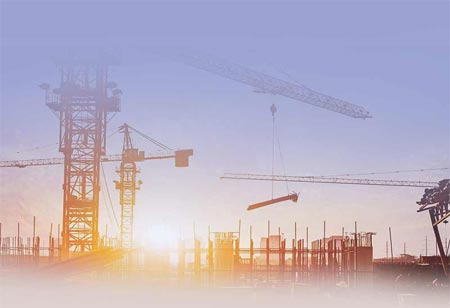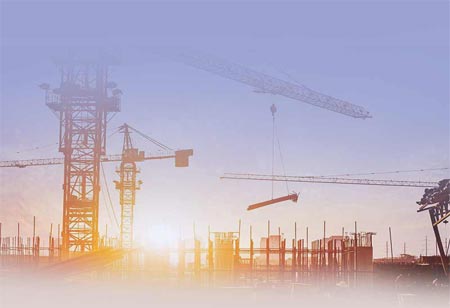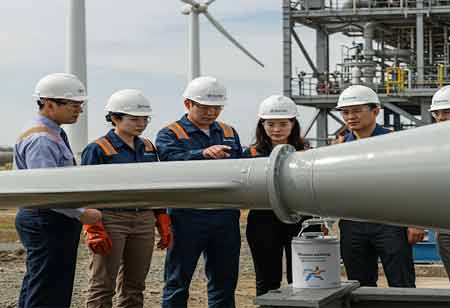Thank you for Subscribing to Construction Business Review Weekly Brief
Specials
- Apartment and Condominium Contractors Canada
- Decking Canada
- Architectural Glass Europe
- MEP APAC
- Construction Saudi Arabia
- German Apartment and Condominium Contractors
- Construction Law APAC
- Outdoor Construction
- Foundation Construction Canada
- MEP Canada
- Kitchen and Bath
- Cold Storage Construction APAC
- Precast Concrete Europe
- Construction Staffing Europe
- Pre-Construction Services
- Flooring System APAC
- Scaffolding Canada
- Swimming Pool Construction Canada
- Construction Management Canada
- Cold Storage Construction Canada
- Flooring Systems Europe
- Residential Construction
- Concrete Canada
- Construction Cladding Europe
- Construction Cladding APAC
- Concretes, Aggregates and Construction Materials APAC
- Concretes, Aggregates and Construction Materials Europe
- Commercial Contractors Europe
- Commercial Contractors APAC
- Dummy
- Construction Insulation, Coating and Waterproofing
- Construction Management APAC
- Landscaping Canada
- Construction Coating Europe
- Construction Tech Startups Europe
- Insulation Services Europe
- Mechanical Contractor Canada
- Mould Remediation and Testing Europe
- Swimming Pool Construction APAC
- Building Sealing Solutions Europe
- Construction Engineering Services
- Mechanical Electrical and Plumbing
- Roofing Systems Europe
- Architectural Glass APAC
- Startups APAC
- Construction Forensic and Owners Representative
- Flooring System
- Waterproofing APAC
- Wall Systems
- Safety and Compliance Europe
- Construction Equipment
- Modular and Prefab Construction
- Architectural Glass
- Construction MENA
- Construction Demolition and Recycling Europe
- Modular Construction Europe
- Construction Interiors
- Steel Building APAC
- HVAC
- Doors and windows
- Modular Construction APAC
- Building Information Modeling APAC
- Sustainable Construction APAC
- Building Restoration and Maintenance
- Commercial Contractors
- Specialty Construction
- Construction Engineering Canada
- Construction Engineering MENA
- Modular Construction Canada
- Construction Demolition Canada
- Roofing and Siding Systems
- Construction Latam
- Construction Staffing
- Roofing Systems APAC
- Construction Consulting
- Steel Building Europe
- Construction Demolition and Recycling APAC
- Safety and Compliance APAC
- Concretes, Aggregates and Construction Materials
- Construction Cladding
Transforming the Construction Industry with Contemporary Technologies
The development of new technologies is not unusual for the construction sector as it is being hit by a tsunami of innovations that will undoubtedly change the way things are created.

By
Construction Business Review | Monday, April 24, 2023
Stay ahead of the industry with exclusive feature stories on the top companies, expert insights and the latest news delivered straight to your inbox. Subscribe today.
A new generation of construction technologies that are on track to define the coming year are being powered by some of the major developments this year. The advancements in construction technology will have the biggest effects on the sector, from improvements in safety to entirely new building techniques.
FREMONT, CA
The development of new technologies is not unusual for the construction sector as it is being hit by a tsunami of innovations that will undoubtedly change the way things are created. The industry is embracing new technologies and procedures that are enhancing safety, efficiency, and sustainability, from sophisticated robotics and 3D printing to augmented reality and the Internet of Things (IoT). In this blog, we'll examine six of the most fascinating new technologies in the building sector right now and examine how they are transforming how we plan, create, and maintain the buildings that make up our world.
Latest Trends
Building Information Modelling (BIM)
A digital process, BIM involves creating a 3D model of a building and its components used for design, construction, and maintenance purposes. BIM enables better collaboration and coordination between contractors, engineers, and architects, which lowers errors and boosts productivity. BIM has developed into a crucial tool for the construction sector over the past ten years, increasing output, quality, and sustainability. With BIM, information is easier to share, reuse, and add value. Architectural concepts can be carefully examined, simulations can be made to run quickly, and performance can be benchmarked to enable better and more original solutions. It is easier to predict environmental performance, and it is clearer what lifecycle costs entail.
Blockchain
Transparency in data ownership is made possible via blockchain. Data will be transferred more freely as a result, and collaboration and trust between the parties will increase. The blockchain can boost transparency for every form of agreement and transaction throughout a construction project due to its immutable ledger. It could lead to a more effective procurement procedure, reducing the high degree of dispersion and complexity of huge projects. The source of the resources can reduce waste and advance service and product quality with high accountability. These technologies can increase project delivery predictability overall and in terms of procurement.
When combined with Building information modelling (BIM), blockchain has the potential to become the sole source of information for all elements of a construction project. An arrangement like this can make it easier to develop, create, use, and maintain an asset across its full existence while acting as its reliable digital twin. It enables the transfer of digital information that is intrinsically unique and unchangeable. The confidentiality and integrity of the information are safeguarded by cryptographic codes. Any changes performed on the blockchain are independently confirmed and verified by its users. Therefore, a third-party authentication or authorisation is not necessary.





